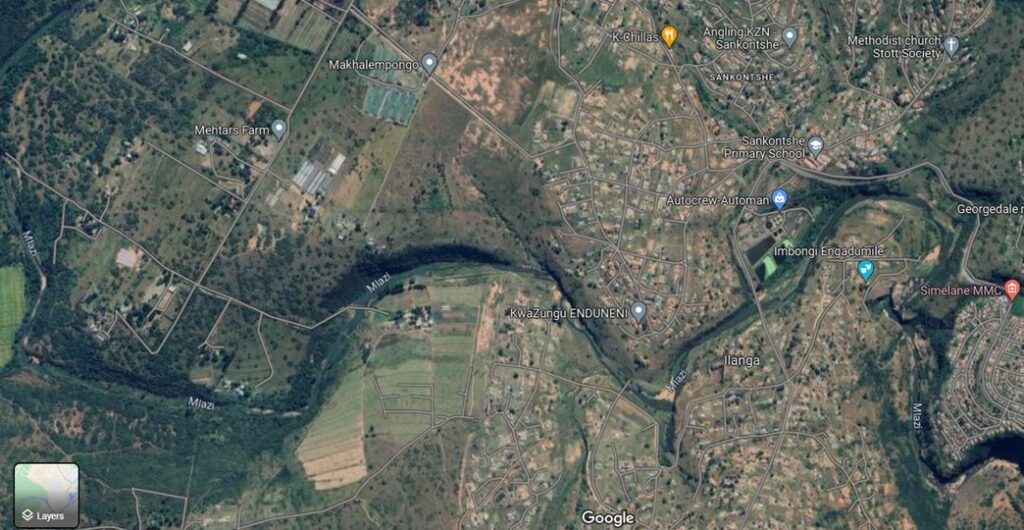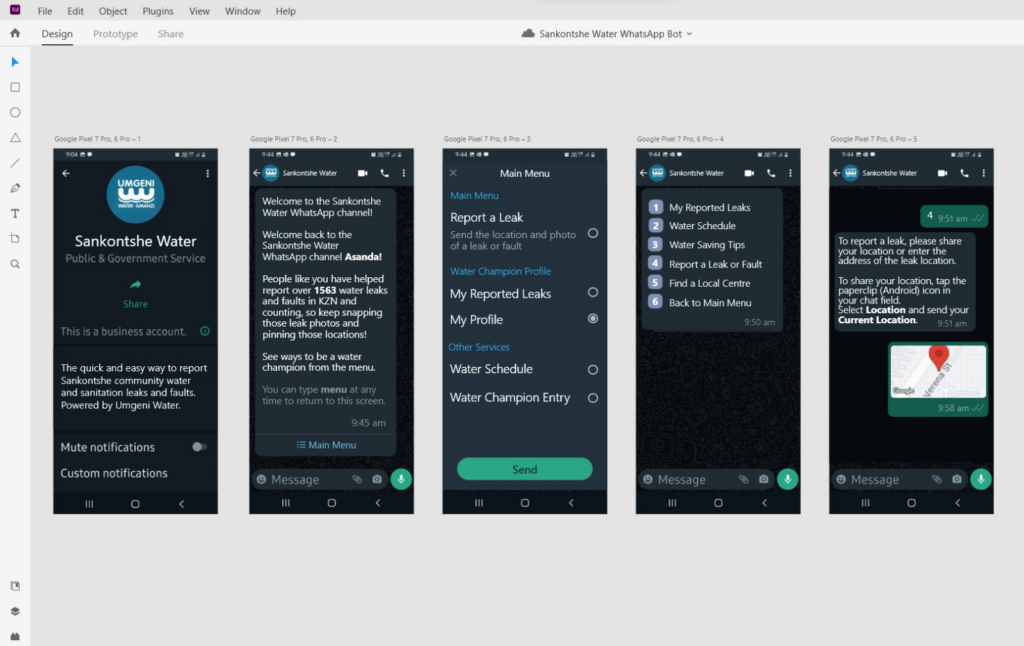Challenge 6: Behavioral Change for Water Justice
Sustain-Alysts
How might we Change People’s Behaviour to reduce Water Consumption and Improve Water Security?
Problem
Water scarcity and inadequate water management have emerged as significant challenges in the eThekwini Metropolitan Municipality. The municipality encompasses diverse urban and rural areas, including the community of Hammarsdale, which is located on its periphery. The region faces a growing water crisis due to various factors such as population growth, climate change, and aging water infrastructure. The demand for water exceeds the available supply, resulting in strained water resources and potential water security risks. Water scarcity is a pressing concern in the eThekwini Municipality. Insufficient supply often leads to water rationing and intermittent water availability, especially in peri-urban and rural areas.
De Kock (2021) predicted that by 2023, South Africa will be experiencing a water shortage of 17% due to escalating domestic and industrial consumption.
The annual estimated cost of Real Losses (Leakage) across the KwaZulu-Natal (KZN) province increased by 48.3% from R1 456 429 094 in the 2018/19 financial year to R2 160 181 580 in the 2019/20 financial year). According to Thakur and Onwubu (2021), 40% of the eThekwini Municipality-supplied water is lost through leaking or burst pipes and dripping taps.
Water is a limited resource, however, the rapidly rising demand has exacerbated the water shortage. The community of eSankontshe feels the impact of this water shortage as the area often faces regular interrupted water supply.
Target Audience
The eSankontshe community is located in Hammarsdale, a town situated on the periphery of the eThekwini Metropolitan Municipality in the province of KwaZulu-Natal, South Africa. The community has a unique demographic background that is shaped by its historical and geographical context. Sankontshe is a predominantly rural area with limited access to basic services.

Sankontshe community has a total population of 6 634 and a total of 1 148 households. Only 40,5% of the households have access to piped water inside the dwelling and only 5,6% have flush toilets (Statistics South Africa, 2011).
The problem statement and characteristics of the target audience emphasize the need for a holistic solution that will include the introduction of an interactive platform that will provide water-shedding information, educational campaigns, and community engagement initiatives to bring about sustainable change in people’s behavior toward water conservation. By raising awareness, providing information, and empowering individuals to make informed choices, the eThekwini Municipality can work towards achieving its goals of reducing water consumption, improving water security, and building resilience within the eSankontshe community.
Our Solution

An interactive WhatsApp Chatbot that will respond to a wide range of community needs and serve as a community engagement platform (1), a water-shedding information system (2), an educational instrument (3), and a platform to build awareness and behavioral change campaigns and competitions (4) (with partner institutions).

Why the Solution Will Work
Based on data collected from a short survey, the below points show that the solution is adaptable, realistic, and has a high potential of being used/ adopted by the community.
- The majority of the people do not know when water interruptions will happen.

When people were asked how they keep track of when water interruption s happen within the community, 41.7% of the respondents indicated that they never know when water is cut and returned in the area. Only 20.8% indicated engagement with municipal announcements and/or street signs.
2. The citizens are concerned about the availability of water in the community.
A majority (62.5%) of respondents indicated that they are very concerned about the availability of water in their community. While 29.2% showed neutrality and a low 8.3% highlighted that they are not concerned about the availability of water in their community.

3. They will be drawn to the solution because they want to know when water interruptions will happen.
When the respondents were asked if they would like a water-shedding schedule that will inform them when water interruptions occur in the community, 83.3% indicated the need for it, and only 16.7% said they do not require it.

4. Mode of delivery is easily accessible to ALL!
When respondents were asked if they use the WhatsApp application, all of them indicated use. This highlights that since our solution is based on a WhatsApp chatbot, means that it will likely be accessible to the majority (if not everyone), achieving the main objectives which is of inclusion and leaving no one behind.

5. Will offer holistic services that are needed by the community!
When respondents were asked to select the information that they would like to get via WhatsApp, the majority (79.2%) of the respondents identified a water-shedding schedule as a need. Followed by 75% who indicated that they would like to see water-related announcements on WhatsApp and 58.3% highlighted the need to report water leaks and faults on the platform.

Design for Resilient Communities
(to be added)
Design for Inclusivity
(to be added)
Design for Partnership for Change
(to be added)
Meet the Team



